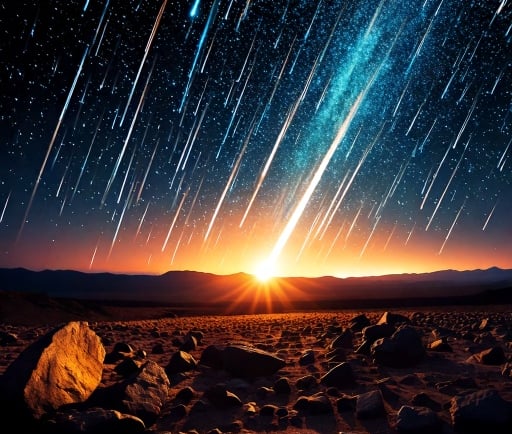The Celestial Spectacle: A Meteorite of Stars in Our Night Sky


Understanding Meteorites and Their Origin
The cosmos is a vast expanse filled with wonders, and one of the most awe-inspiring phenomena is the meteorite of stars that can occasionally be witnessed in our night sky. A meteorite is typically a fragment of rock or metal that survives the fiery journey through the atmosphere, landing on Earth’s surface. However, in the context of a 'meteorite of stars,' we delve deeper into the beauty and transient nature of celestial events that adorn our skies.
What Creates a Meteorite Shower?
When we observe a meteor shower, it gives the illusion of a meteorite of stars cascading down, illuminating the darkness. These showers occur when Earth passes through a trail of debris left by comets or asteroids. As these tiny particles plunge into our atmosphere at staggering speeds, they create streaks of light—each momentary flash, a magical representation of the universe's grandeur.
The Impact of Meteorites on Our Understanding of the Universe
Meteorites have long fascinated scientists and stargazers alike. They are not merely beautiful sights but also crucial to our understanding of the universe. Each meteorite can provide insights into the composition of celestial bodies and the early solar system's conditions. By studying these fragments, astronomers can hypothesize about the origins of Earth and the potential for life on other planets.
In conclusion, the mesmerizing experience of witnessing a meteorite of stars is not just an aesthetic delight but a profound reminder of the universe's mysteries that continue to captivate humanity. Whether one is an avid astronomer or a casual observer, the fleeting beauty of a meteor shower can ignite a passion for the heavens and inspire curiosity about our place within the cosmos.
